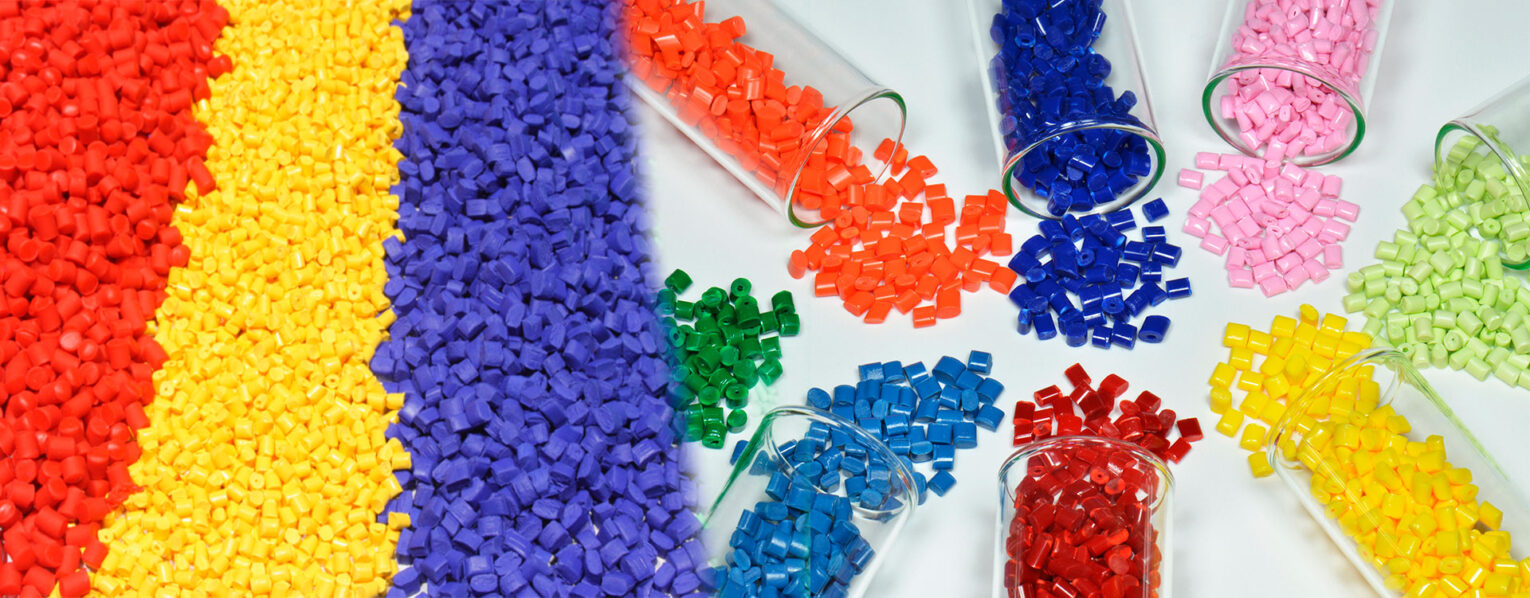Thermosetting plastics are a class of materials that permanently harden or set after being heated or cured through chemical reaction. Unlike thermoplastics which can be reheated and reshaped, thermosetting plastics are essentially irreversible once cured. These materials have properties that make them well suited for various industrial and commercial applications.
Classification of Thermosetting Plastics
Thermosetting plastics can be classified into different categories based on their chemical composition and curing process. Some main types include:
Phenol-formaldehyde resins
Phenol-formaldehyde resins, commonly known as phenolic resins, were one of the earliest commercialized thermosetting polymers. They are formed by the reaction of phenol or substituted phenol with formaldehyde. Phenolic resins have good heat resistance and are commonly used as insulating materials in electrical equipment due to their low flammability.
Amino resins
Amino resins include urea-formaldehyde resins and melamine-formaldehyde resins. These resins are often used as adhesives and binders in wood composite products like particleboard. They are also used in surface coatings and automotive/aircraft components due to their strength and heat resistance.
Epoxy resins
Epoxy resins are made from epichlorohydrin and bisphenol-A. They are characterized by excellent adhesion, chemical resistance and electrical properties. Consequently, epoxy resins find wide use in electrical insulations, adhesive formulations, coatings and composites.
Polyester resins
Polyester resins such as unsaturated polyesters are formed from polycondensation of acids and alcohols. They are mainly used in combination with glass fibers or fillers to make fiber-reinforced plastics. Common applications include water tanks, car bodies, and recreational boats.
Properties and Applications
The exact properties of Thermosetting Plastics depend on their chemical composition and production process. However, some key properties which make these materials suitable for specific applications include:
– Rigidity and hardness: Thermosetting plastic polymers form tightly crosslinked network structures during curing, resulting in rigid high hardness materials suited for applications requiring dimensional stability and rigidity.
– Heat and chemical resistance: The rigid crosslinked networks of thermosetting plastics impart resistance to heat, solvents and chemicals. Phenolic resins for example are stable up to 150°C. This allows their usage in electrical components, ovenware, pipes etc.
– Insulating ability: Low electrical and thermal conductivity of cured thermosetting plastics make them suitable as electrical insulators and insulating materials. Laminates based on phenolic resins and epoxies are extensively used in these applications.
– Adhesion: The cured thermosetting network adheres strongly to various materials like glass, wood or metals. This adhesive property enables their usage as structural adhesives, binders, prepregs and laminates.
– Dimensional stability: Thermosetting plastics do not soften or flow at elevated temperatures unlike thermoplastics. This provides stability and makes applications like electronics insulation components and laminates viable.
Given their versatile properties, thermosetting plastics are commonly used in many industrial sectors including construction, transportation, marine, electrical/electronics, aerospace and more. Major applications include circuit boards, switches/outlets, automotive parts, pipes, tank/process vessels, wooden laminates, aerospace components and adhesives. Epoxy and unsaturated polyester resins reinforced with glass fibers dominate in applications requiring strength and rigidity.
Thermosetting plastics display multiple advantages compared to thermoplastics in many structural applications due to their irreversible curing nature. Their rigidity, chemical resistance, adhesion and dimensional stability at high temperatures suit a diverse range of commercial uses. Advancements in thermosetting polymer technologies continue to expand their application scope in industries worldwide.
*Note:
1. Source: Coherent Market Insights, Public sources, Desk research
2. We have leveraged AI tools to mine information and compile it

